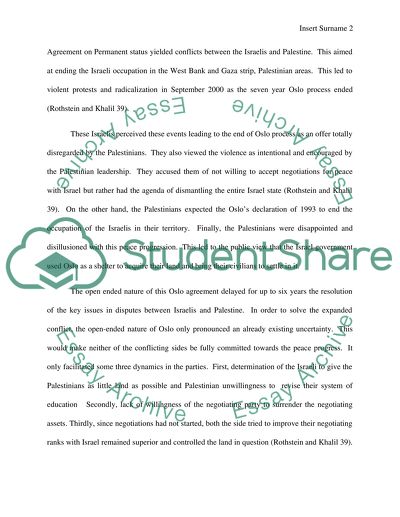Cite this document
(“The Arab-Israeli conflict Research Paper Example | Topics and Well Written Essays - 1000 words”, n.d.)
The Arab-Israeli conflict Research Paper Example | Topics and Well Written Essays - 1000 words. Retrieved from https://studentshare.org/history/1472212-the-arab-israeli-conflict
The Arab-Israeli conflict Research Paper Example | Topics and Well Written Essays - 1000 words. Retrieved from https://studentshare.org/history/1472212-the-arab-israeli-conflict
(The Arab-Israeli Conflict Research Paper Example | Topics and Well Written Essays - 1000 Words)
The Arab-Israeli Conflict Research Paper Example | Topics and Well Written Essays - 1000 Words. https://studentshare.org/history/1472212-the-arab-israeli-conflict.
The Arab-Israeli Conflict Research Paper Example | Topics and Well Written Essays - 1000 Words. https://studentshare.org/history/1472212-the-arab-israeli-conflict.
“The Arab-Israeli Conflict Research Paper Example | Topics and Well Written Essays - 1000 Words”, n.d. https://studentshare.org/history/1472212-the-arab-israeli-conflict.


